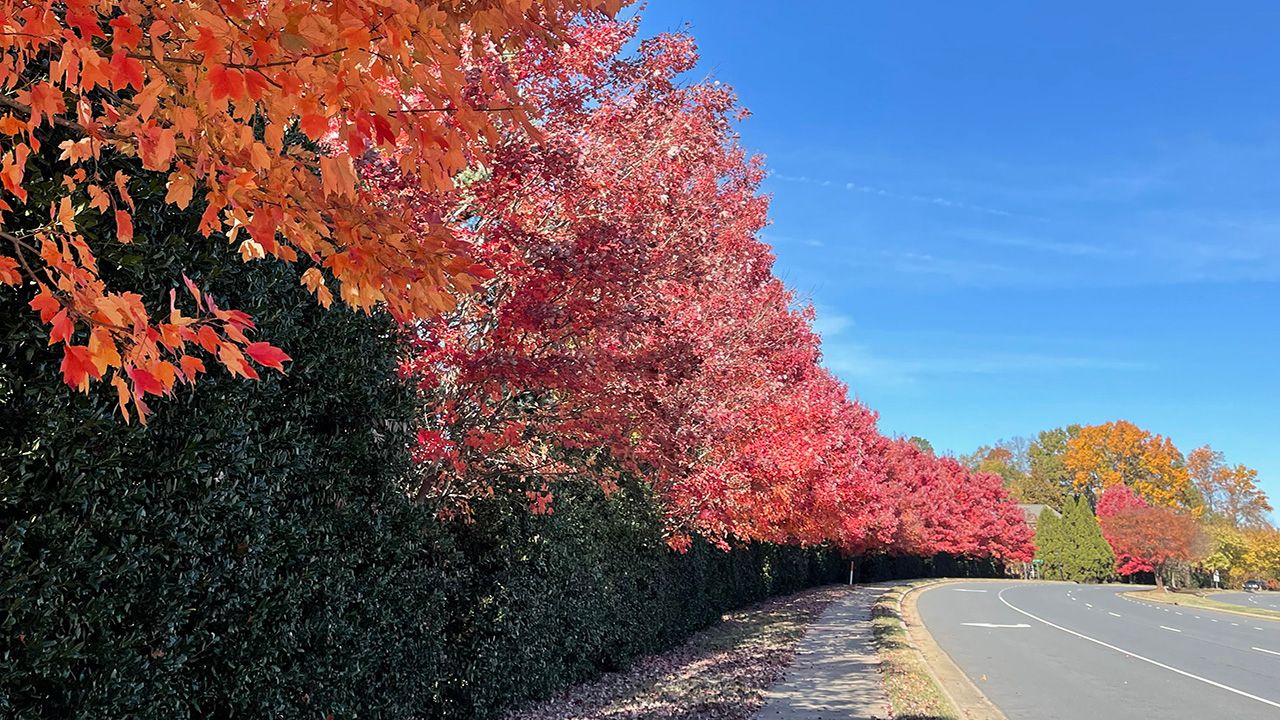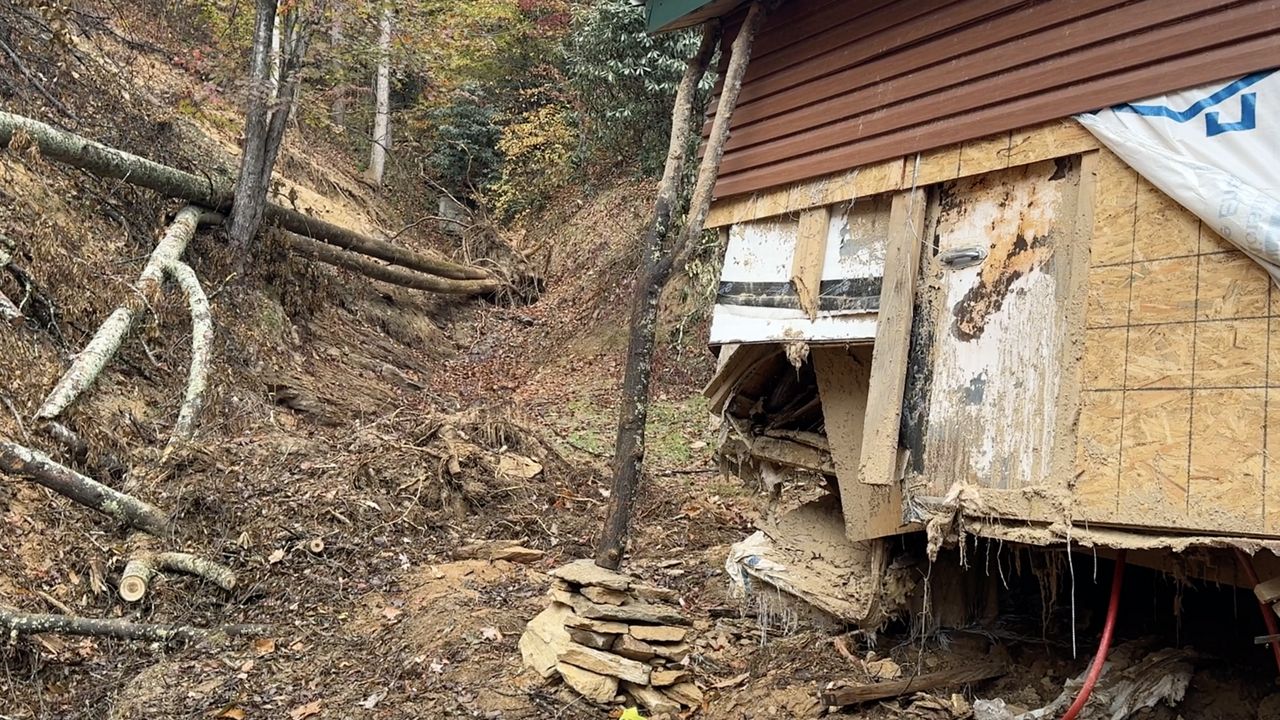Sept. 1 marked the start of meteorological fall. It will still be a while before it's time to pull out your fall sweater, though.
After a long, hot summer, warmer-than-average conditions are likely through most of the fall months here in North Carolina.
Many cities across the state saw one of their 10 hottest summers on record. Here's a look at how the heat ranked in some select locations.
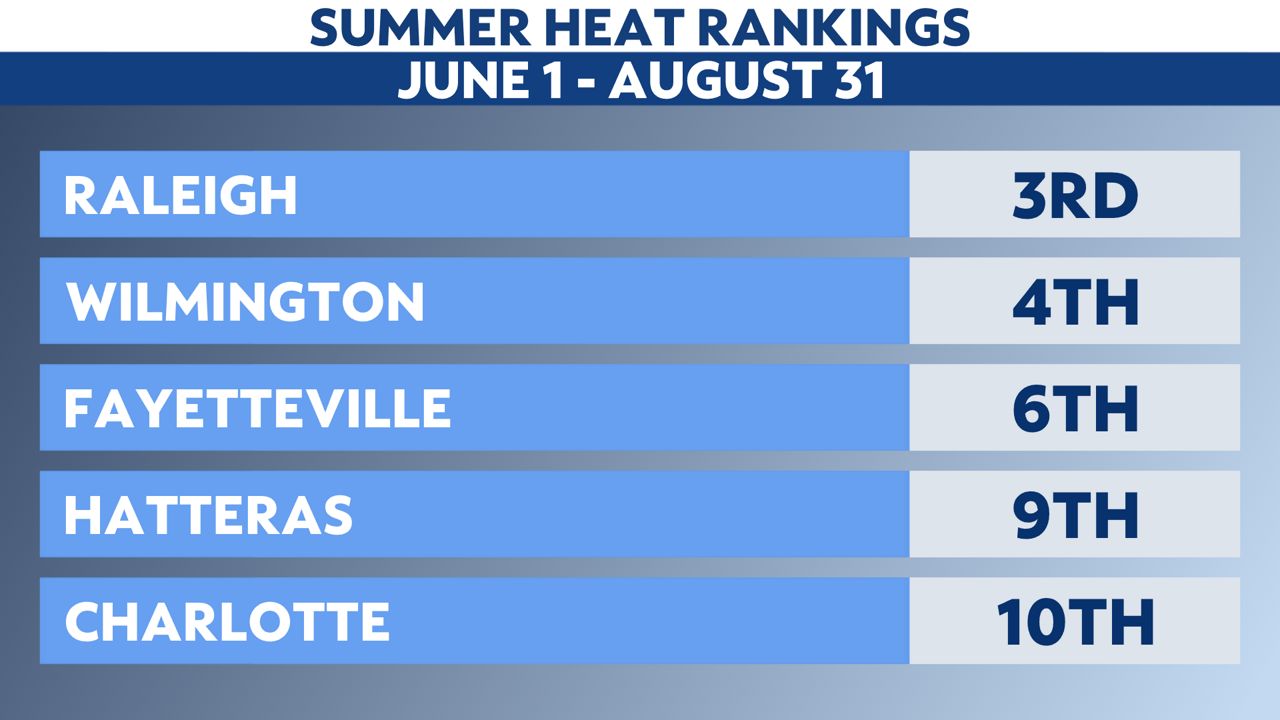
The long-range outlook from the Climate Prediction Center for September, October and November is for warmer-than-average conditions across much of the country.
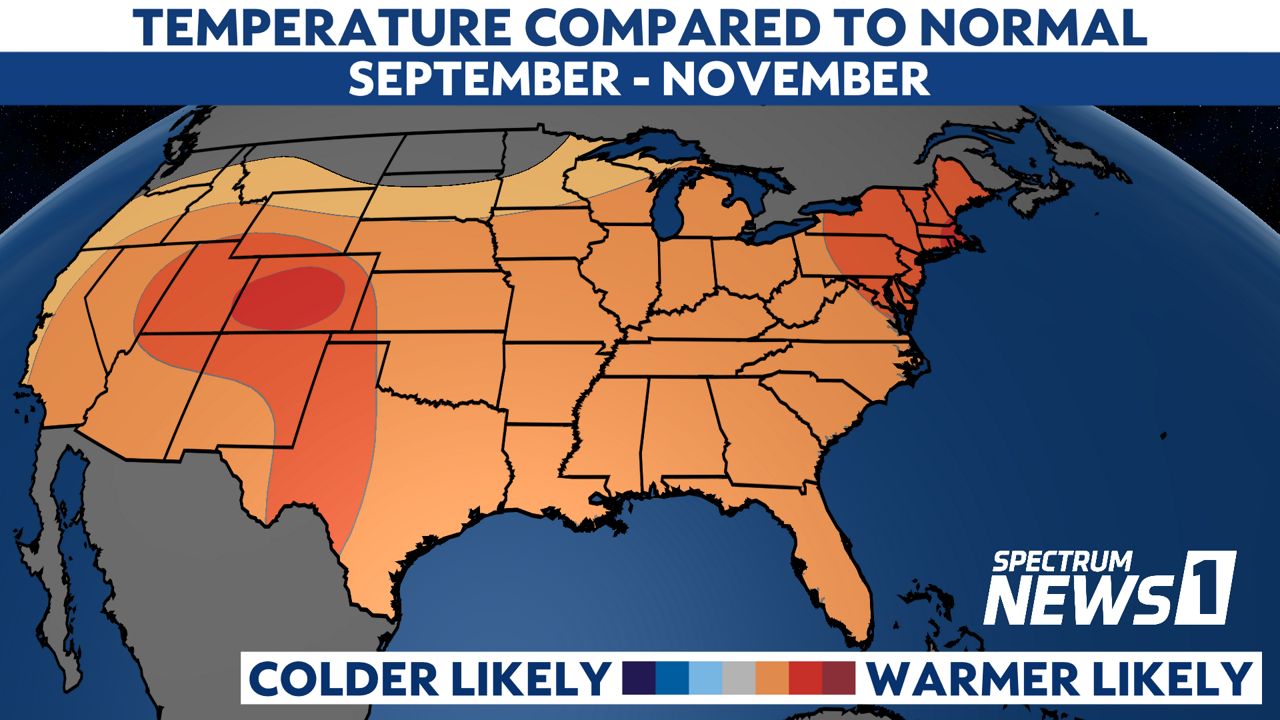
A warm fall may sound like good news to some, but it also comes with a downside.
A warmer than normal fall often leads to a longer mosquito and tick season.
It also could mean allergy season will last longer especially for anyone with ragweed allergies.
A warmer-than-normal fall may not come as a big surprise to you, though. Just like every season of the year, autumn has been getting warmer across the country due to climate change.
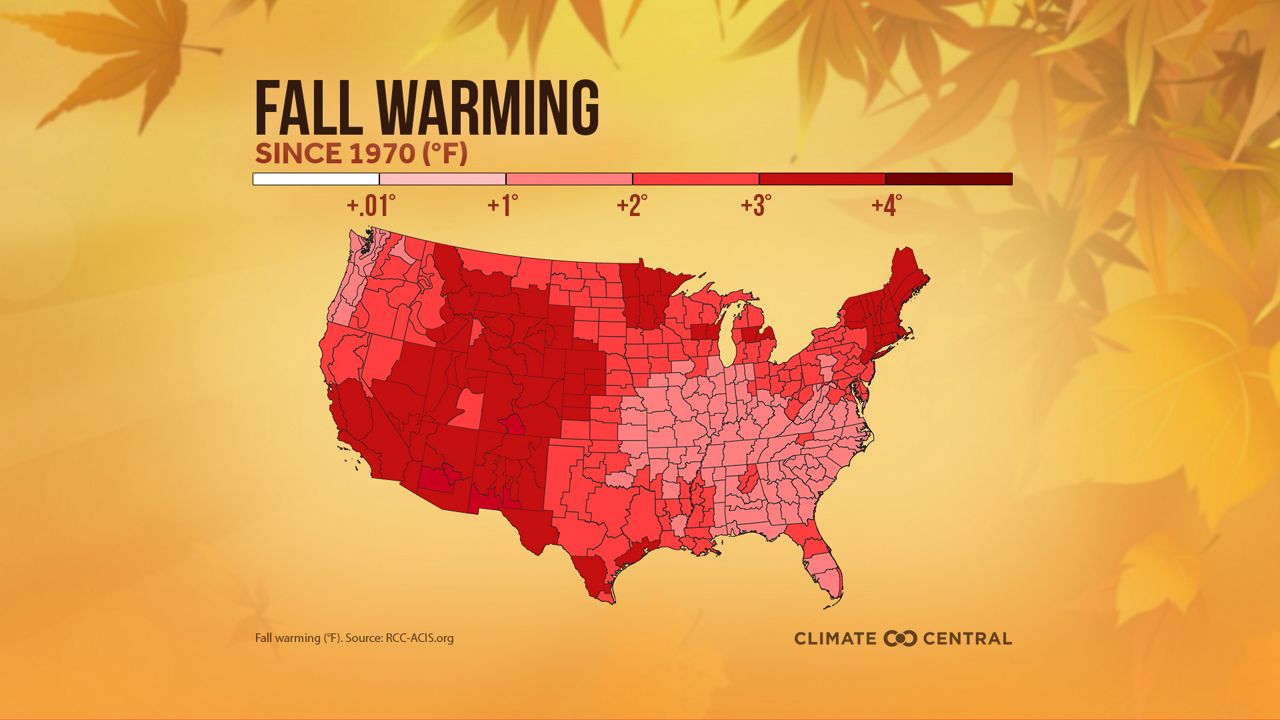
It's too early to say what impact a warmer-than-normal fall will have on this year's foliage in our mountains. A lot of that will be determined on the exact weather conditions from the second half of September through early October.
Here's a look from at the average dates of peak fall foliage in our state's high country, from Appalachian State University.
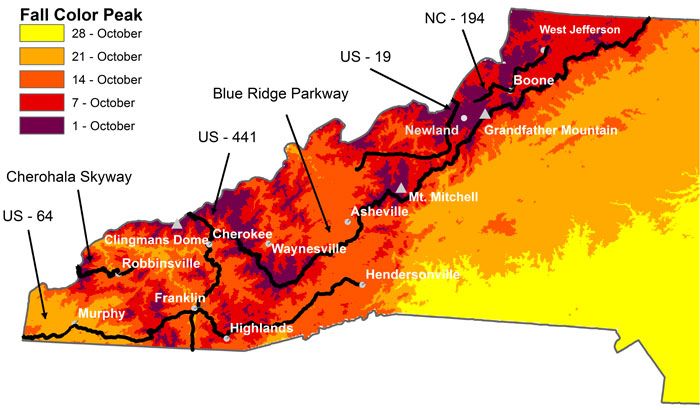
For gardeners across the state, a warmer-than-average fall could mean the growing season lasts a bit longer this year. However, that's not a guarantee as we could see have a few colder-than-normal days within the three-month period that still ends up warmer than average.
Here's a look at the average date for the first frost of the season across North Carolina:
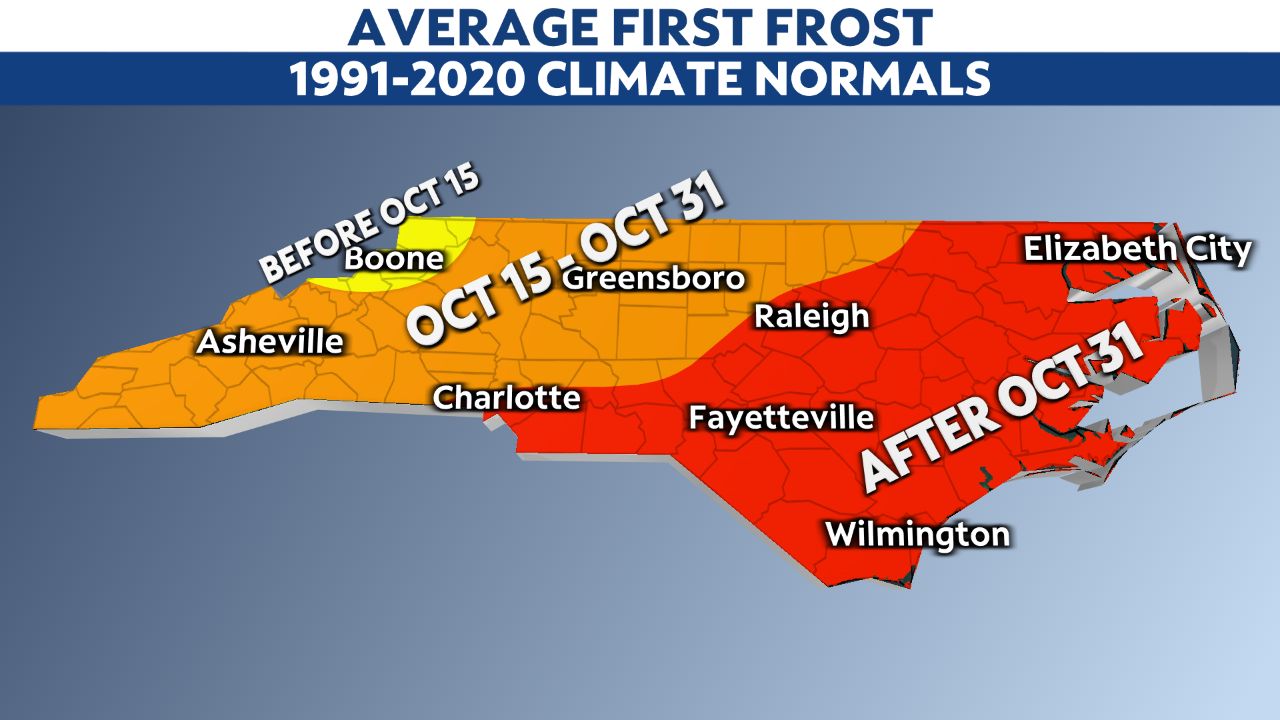
Our team of meteorologists dives deep into the science of weather and breaks down timely weather data and information. To view more weather and climate stories, check out our weather blogs section.





